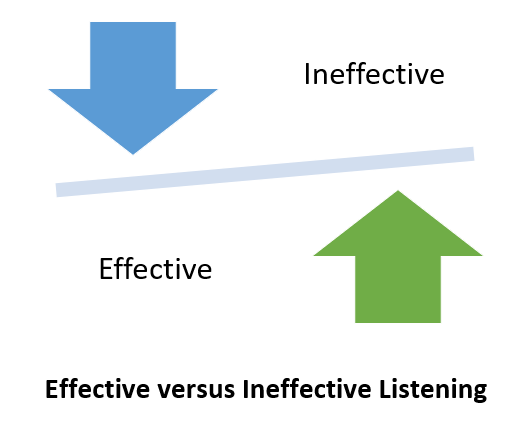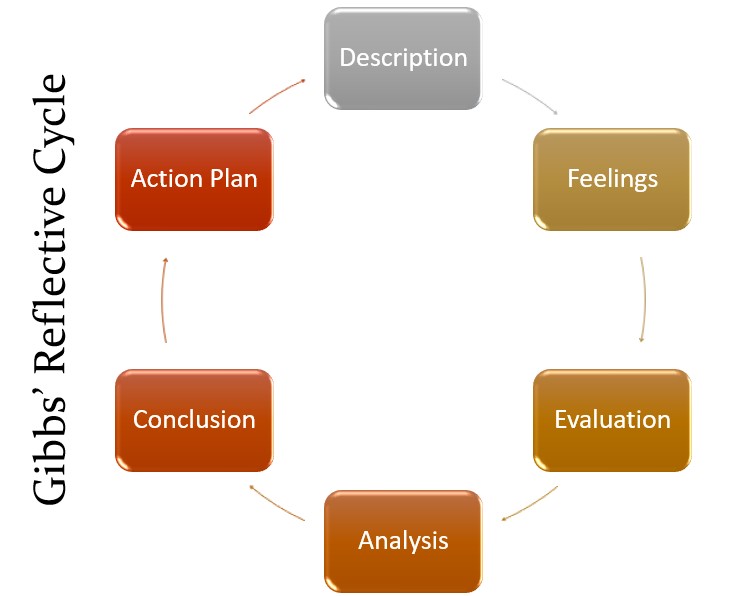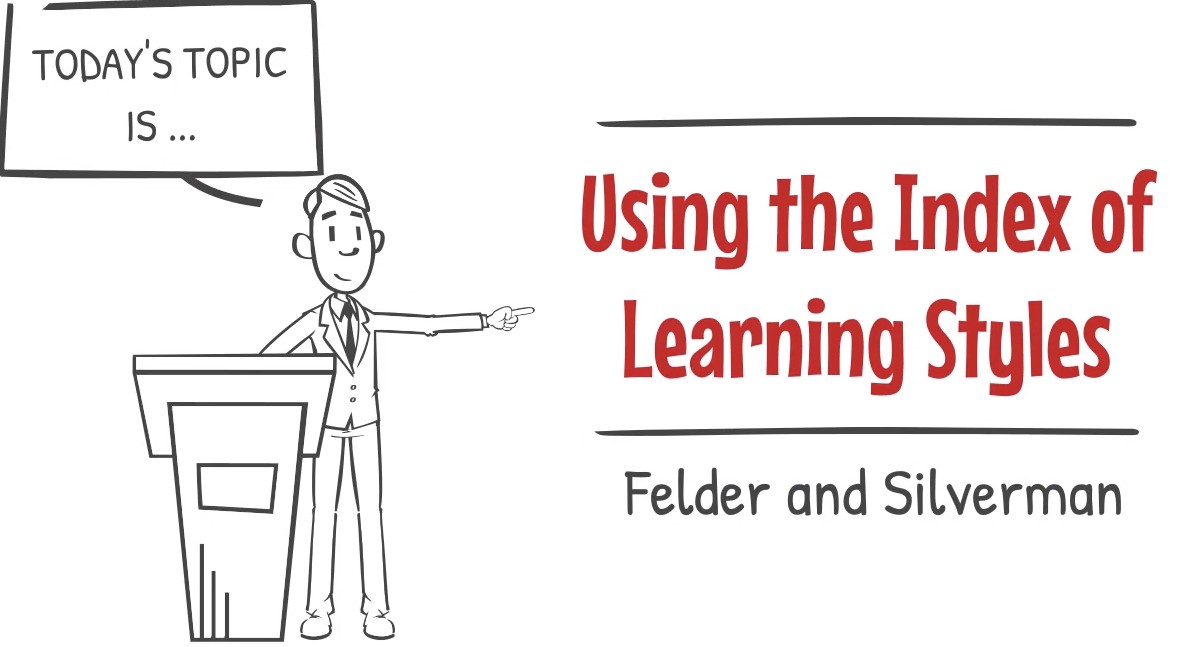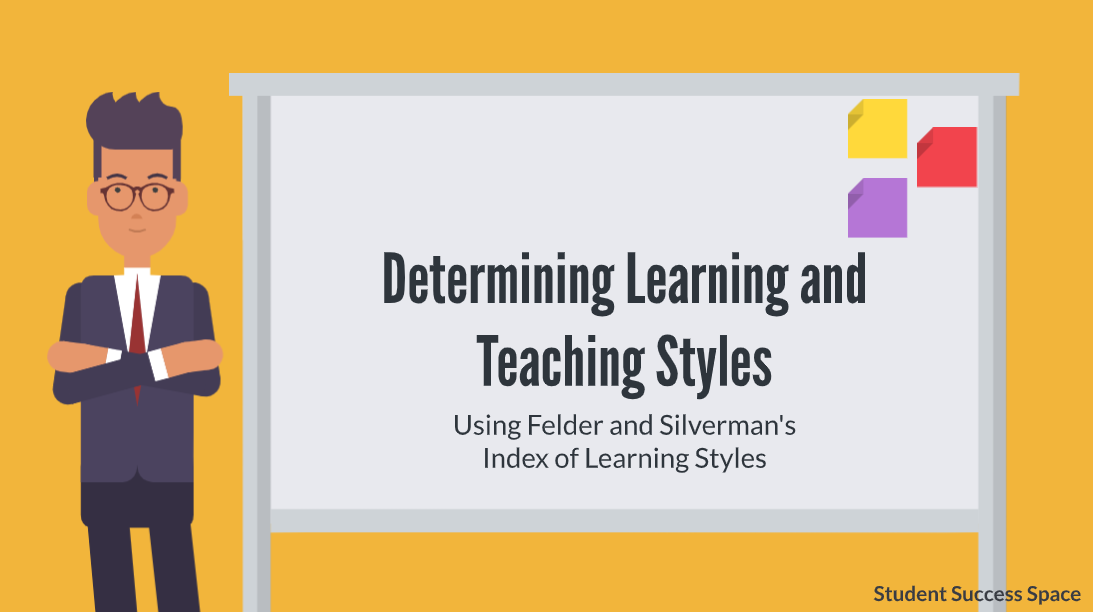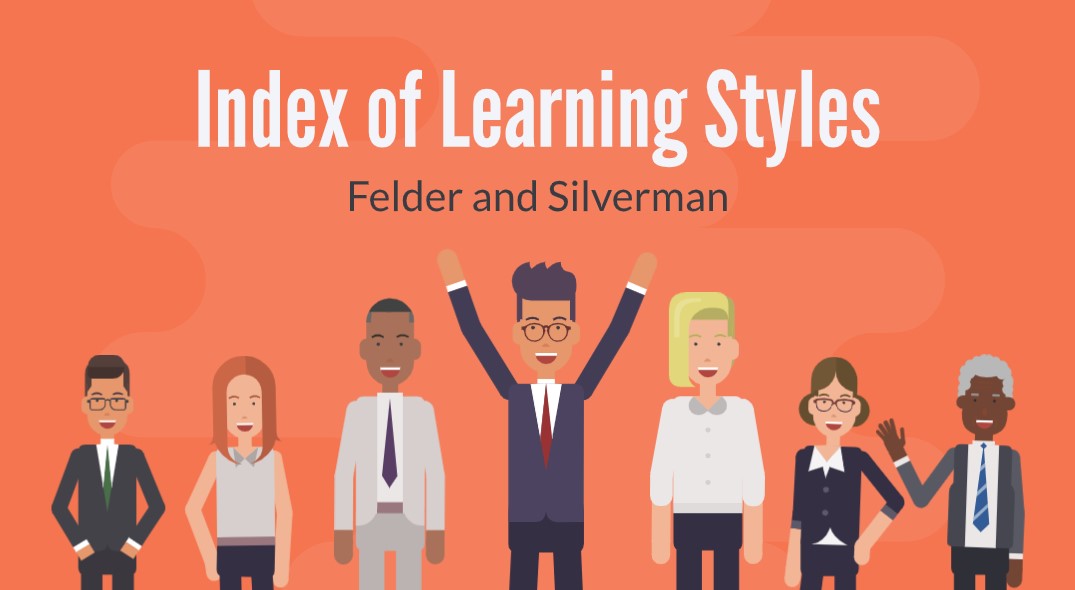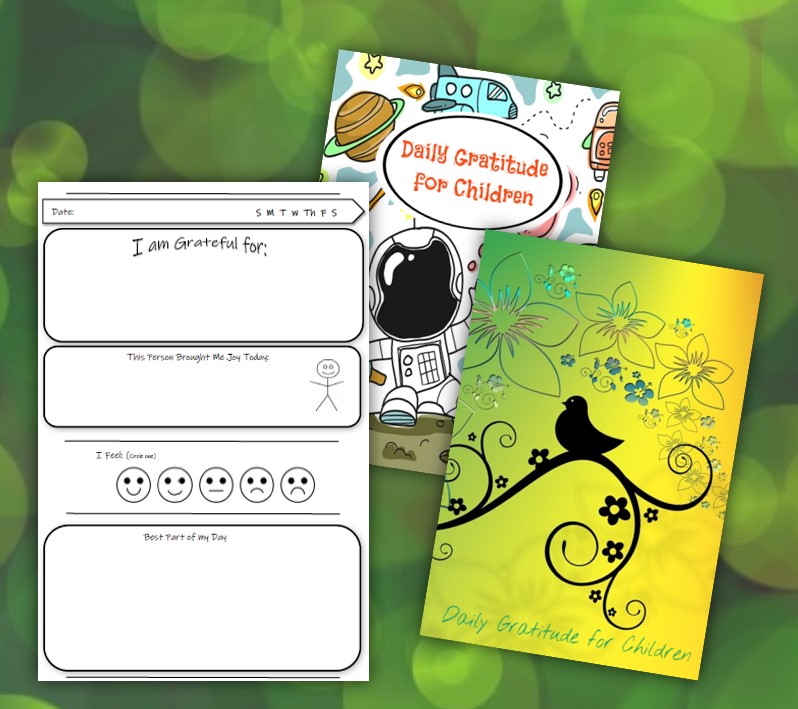Listening exercises are essential to the learning experience. Can you imagine attempting to learn something without […]
Learning resources to guide educators and learners through the learning journey to deeper understanding.
The overall goal of the Reflective Cycle is to encourage learners to deeply reflect on learning experiences in a systematic way to create developed learning.
Within the original research of the Index of Learning Styles, Felder and Silverman provided practical application, […]
Felder and Silverman: Determining the Learning and Teaching Style
Each learning style theory exhibits strengths and weaknesses. Even the Felder and Silverman Index of Learning […]
Within this learning style of Felder and Silverman, called the Index of Learning Styles, there are a potential of 32 different learning style combinations. The different styles are created through choosing one option or the other.
Felder and Silverman set out to discover the learning personalities of engineering students and aid them in the learning process.
